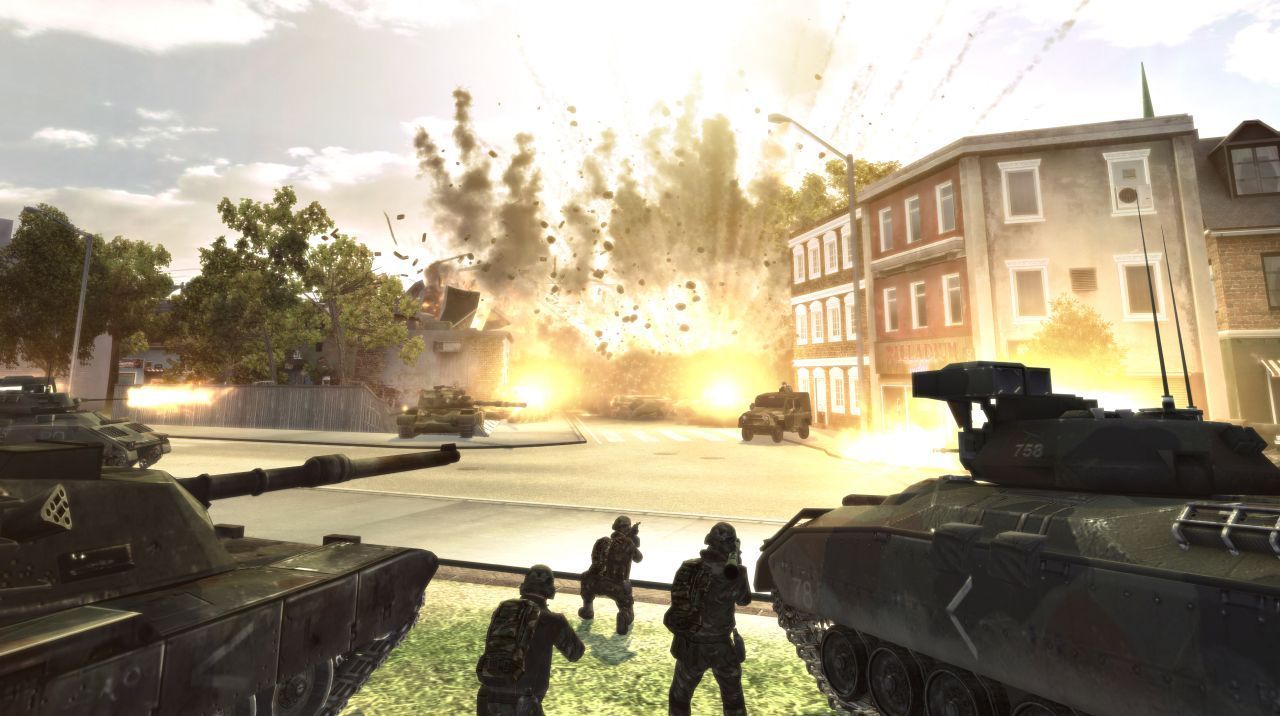

This restriction was later expanded to include all airspace below F元20 to provide an additional buffer zone between State and civil aircraft. The initial threat assessment that the rebel forces were equipped with MANPADS, with a maximum altitude range of 4500 metres, resulted in closure of airspace below FL260 to all but State Aircraft. However, capability can be underestimated, intent can be misinterpreted and, in the fog of war, targeting mistakes can occur and non-combatants can be misidentified and inadvertently fired upon.ĭuring the summer of 2014, Ukraine airspace was partially closed due to an on-going conflict.

Intent is an assessment of the likelihood that a weapon system would be used against a specific target or group of targets. Capability encompasses weapon systems which, in the context of posing a threat to an overflying civilian aircraft, might include surface-to-air-missile (SAM) systems, man portable air defense systems (MANPADS) and anti-aircraft artillery (AAA). The military intelligence community assesses threat in terms of capability and intent. Under the terms of the International Civil Aviation Organisation (ICAO) Chicago Convention, States are responsible for their airspace and have a responsibility to restrict traffic or close all or part of their airspace should the risk (threat) become unacceptable.

Whilst a conflict will almost certainly pose a risk to aircraft operating within the affected area, aircraft in proximity to, or overflying, the conflict zone may also be subject to an increased risk. The situation in these conflict zones can change rapidly with both escalation and de-escalation occurring with little or no warning. Armed conflicts, both declared and undeclared, exist in many areas of the world.


 0 kommentar(er)
0 kommentar(er)
